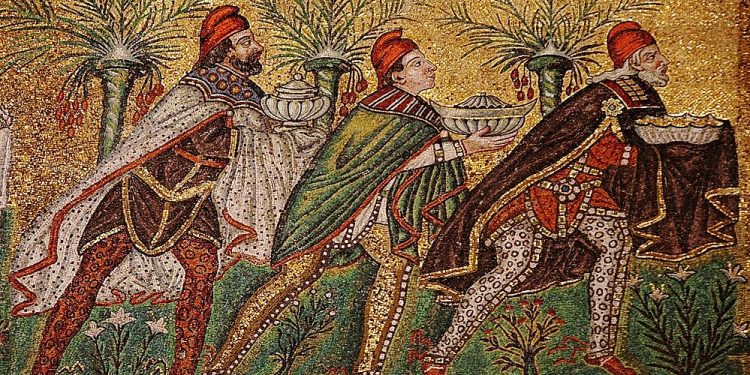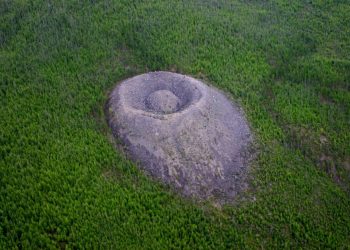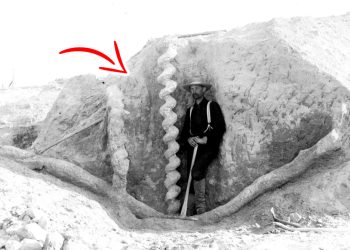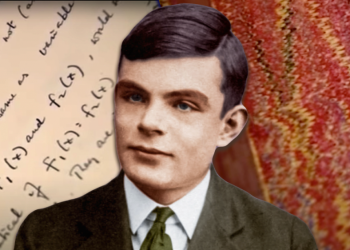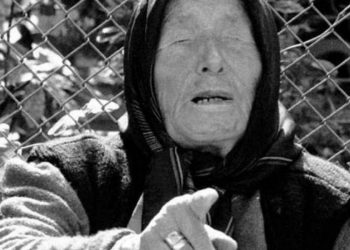The story of the Three Wise Men is told in the New Testament – in the Gospel of Matthew. Presented as good magicians, fortune tellers, the Three Magi recognized the Son of God in the Newborn Jesus and took it upon themselves to present him with gifts.
Who exactly were the Three Wise Men?
Led by a bright star, the three wise men head to Bethlehem to offer Jesus gifts of gold, frankincense, and myrrh. Frankincense is an expensive aromatic resin, which in ancient times was served as a sign of special favor.
The three wise men presented it to Jesus as a gift to God in him. They anointed the dead with myrrh as a gift for the mortal man in Jesus, and for the king in him the three wise men gave gold.
There are many interpretations of the tale of the Three Wise Men. The exact number has been debated for a long time. Ultimately, the number of gifts offered to Jesus determines the number of wise men. Their names – Caspar, Melchior, and Balthazar – were first mentioned in the 6th century.
Caspar is believed to have been African, Melchior to be European, and Balthazar to be Asian. Each of them has been referred to as a separate king from different lands.
The Relics

The relics of the three Magi were discovered in the 3rd century.
In 344, the Bishop of Milan, Eustrogius, brought to Milan from Constantinople the relics of the three wise men. Eight centuries later, in 1164, the Holy Roman Emperor Frederick Barbarossa invaded and conquered Milan. All the sacred relics of the city were seized and handed over to Barbarossa’s faithful friend, the Bishop of Cologne Reinald von Dassel. Among the shrines are the relics of the three wise men.
In the Middle Ages, such a gift had much more than only a spiritual meaning. The relics of saints attract worshipers and accordingly “direct” the cash flows. Bishop Reynold triumphantly transported the relics to Cologne, where they are still preserved today.
In 1181, a master goldsmith called Nikolas the Verdun, known throughout Europe for his fine work. began work on a reliquary for the relics of the three wise men. It itself resembles a basilica. The construction is pyramidal – two sarcophagi below, one above. Each of them keeps the relics of one of the three wise men.
The reliquary is 220 cm long, 110 cm wide, and 153 cm high which makes it the largest reliquary in the Catholic world today. A total of 74 scenes from the life of Christ are presented on its walls. Each of the figurines is made of gilded silver.
Of course, such a divine piece of work needed a wondrous place to be stored. To this end, on August 15, 1248, the construction of the grand cathedral in Cologne began. Today, nearly 800 years later, the relics of the three wise men remain in the cathedral in the same exquisite reliquary.
Join the discussion and participate in awesome giveaways in our mobile Telegram group. Join Curiosmos on Telegram Today. t.me/Curiosmos
Sources:
• The Christmas Story – All About The Wise Men. (n.d.).
• ISBOUTS, J. (2018, December 30). Who were the three kings in the Christmas story?
• Sanidopoulos, J. (1970, January 01). The Relics of the Three Magi.
• Wikipedia. (2020, December 22). Biblical Magi.



